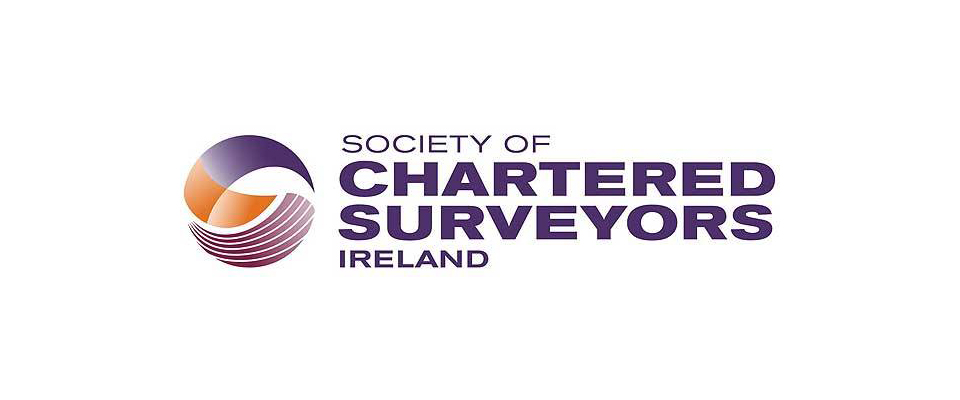A major new report has found that the cost of building a three bedroom semi detached house in the Greater Dublin Area is over €330K.
The report by the Society of Chartered Surveyors Ireland entitled ‘The Real Cost of New House Delivery 2016’ found the actual cost of building the house – known as hard costs – came to €150K, which at 45% is less than half of the overall cost of providing that house.
Land and acquisition costs of €57,500, (17%) VAT of €39K (12%) and a margin of €38K (11%) make up the main elements of the soft costs which total €180K.
Micheal Mahon of the SCSI said it may come as a surprise to those outside the industry to see that the actual construction costs or hard costs made up less than half of the total costs. He said this was an issue which required urgent and focused attention from Government.
“The country is experiencing a chronic housing shortage which is contributing significantly to the current homelessness crisis. The findings of this report highlight a number of pressing issues, particularly on the soft cost side. We need to kick-start housing supply as soon as possible and to accelerate from the current output of 12,000 units per annum to the 25,000 units which is required.”
The report is based on a detailed study of 8 live house building projects - with a minimum of 30 units - in the Greater Dublin Area where chartered quantity surveyors were employed as independent cost consultants.
It shows that the cost of building a new house in Dublin is now €45K more than the median asking price of a 3 bed semi in the capital according to a recent MyHome.ie/Davy property report.
The study found that the cost of building the house from foundations to roof and completing the estate roads and drains etc is €150K. In addition to the soft costs listed above, levies €12K (4%) professional fees €5,500 (2%) and sales and marketing costs €8K (3%) bring total soft costs to €180K.
The report provides an analysis of a number of cost reduction options. Mahon said it is up to policy makers to decide which measures to implement to support the early delivery of supply.
“Whether they opt to reduce VAT to 9% or to zero as is the situation in NI or to reduce finance costs to 5% or to reduce levies to €1,500 or to increase the supply of land, prompt and decisive action is needed. They may well opt for a combination of these measures. However the focus should always be on improving supply, not adding to house price inflation.”
“The Tender Price Index which the Society publishes at regular intervals indicates that the cost of labour, subcontractors and materials will continue to rise over the coming years and this together with increased demand and international environment agreements such as Kyoto 2020 all point to increased construction costs in the medium term. While new building techniques have reduced build time, as of yet they haven’t yielded significant cost savings” Mahon said.
Case Study
The report includes a case study of a couple, both of whom are earning the average industrial wage of €37K. Based on CBI rules the couple would require a deposit of €35K for a 3 bed semi costing €285K. With a combined income of €74K and using the permitted maximum multiplier of 3.5 times salary, the maximum loan amount they could draw down would be €259K, which would allow the couple to purchase a property up to €294K. This is €36,493 short of the current total cost of providing a new house.
Mahon said the case study illustrates the stark reality of the current housing situation.
“It is clear there is a serious financial viability issue and it is difficult to see how developers can commence building in this market with particular emphasis in urban areas where the demand is highest but where land prices are also at their highest.
"Unless a balance can be found between the cost of providing housing and sustainable borrowing levels, the supply of new units will remain challenged. We believe this objective analysis fills an important data gap and together with the SCSI’s On-Line New House Cost Delivery Calculator will be a key resource in developing a solution to this crisis,” Mahon concluded.







